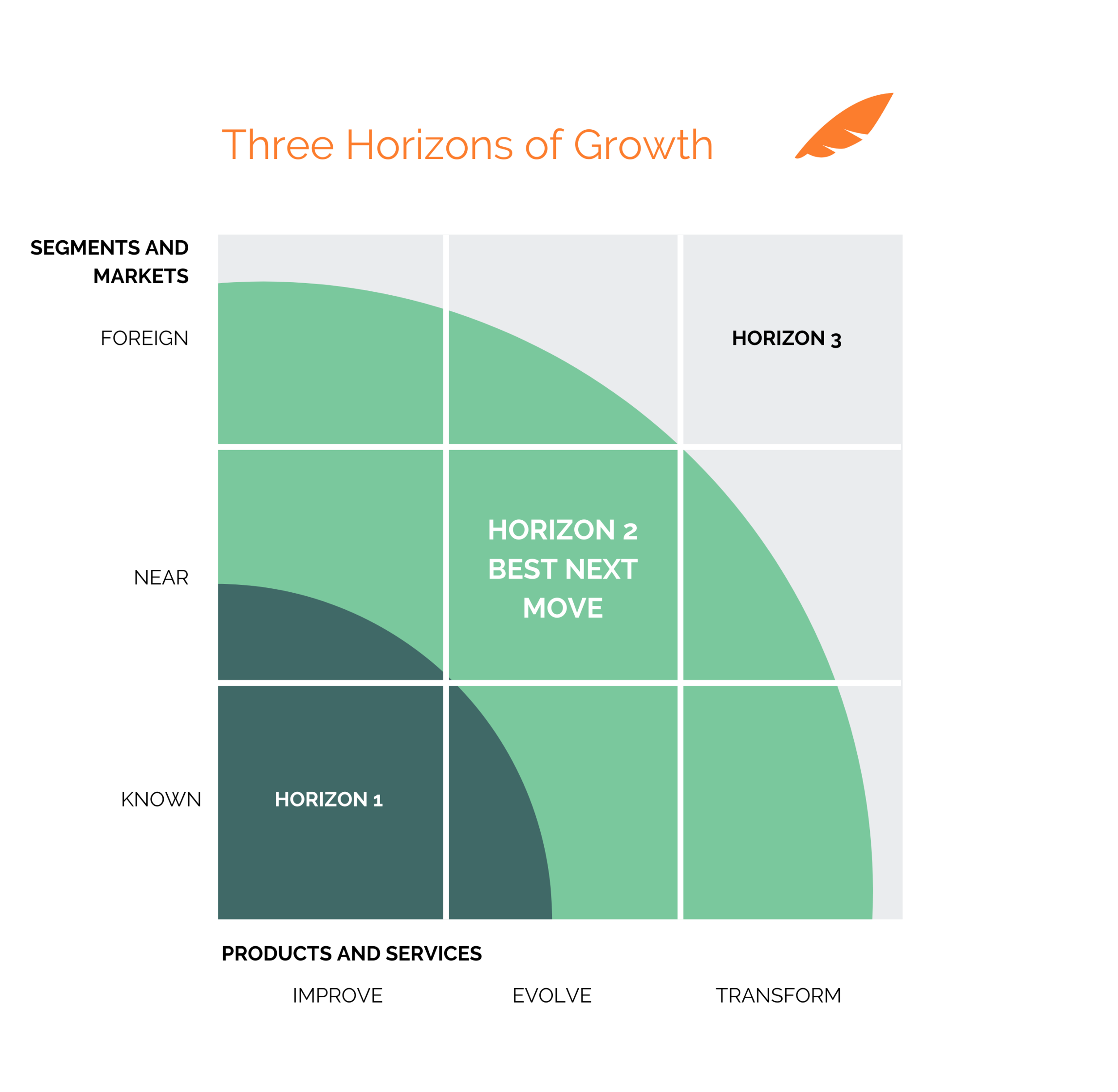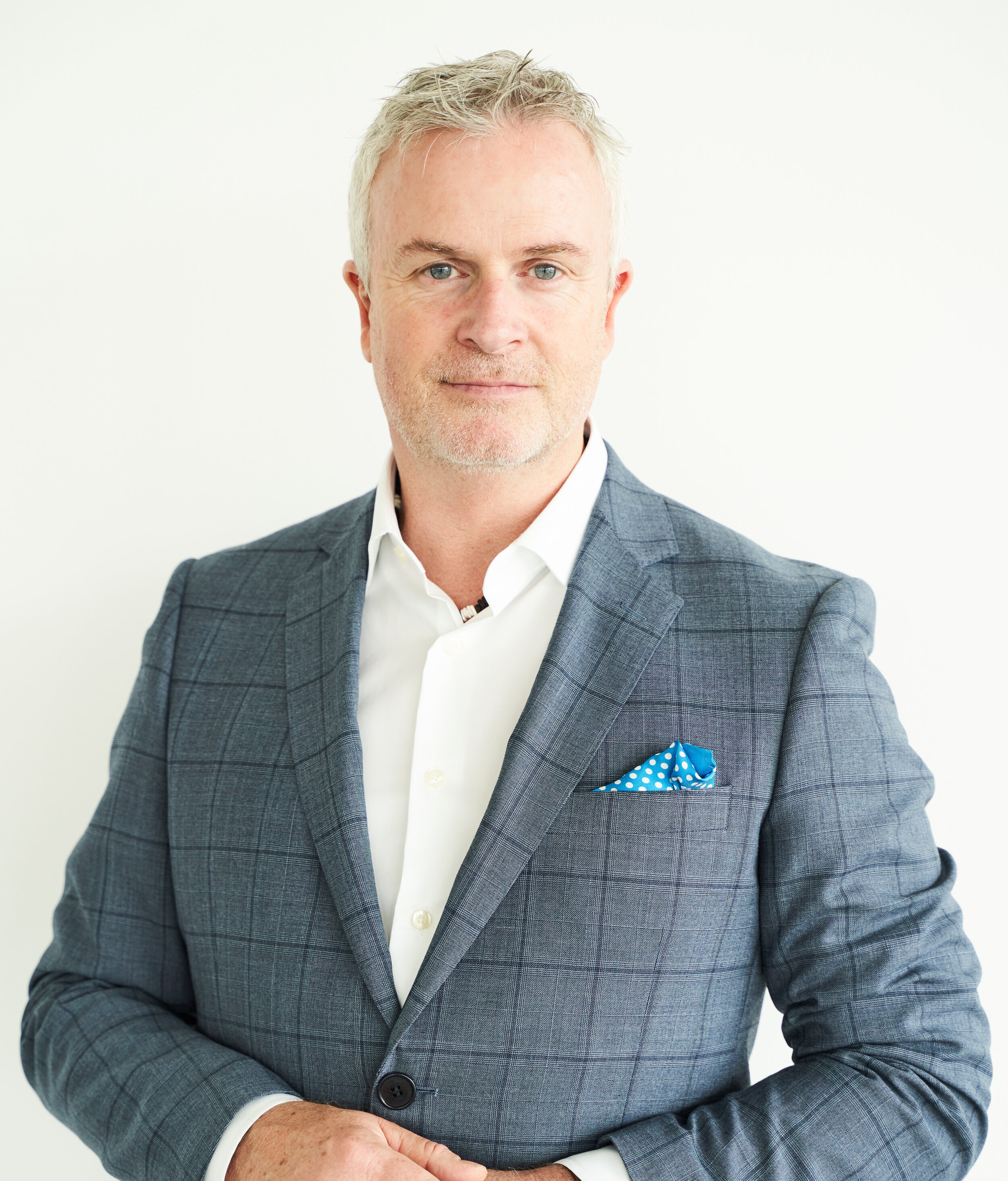Finding the right Adjacent Market Position
The results of a year long research project into the best performing organisations showed that the most effective growth horizon to innovate within is not inside the next budget cycle, iterating on what we do now. Nor is it going after a moon-shot transformation project. It is in Horizon 2, creating an adjacent position to your core business - or your Best Next Move.
The Three Horizons of Growth
Discovering a 'no regret' move, or as CapFeather defines it - the Best Next Move - relies on the Three Horizons of Growth framework. This framework was originally developed by McKinsey and Company in 1999 [4] and has been widely used in competitive strategy and innovation. Based on research into how companies sustain growth, it illustrates how to manage for current performance while maximizing future opportunities for growth.
Horizon 1 represents core business that provides the greatest profits and cash flow. This is where performance improvement and cost cutting takes place.
Horizon 2 encompasses emerging opportunities adjacent to core business that are likely to generate substantial profits in the future. Horizon 2 is the best place to innovate and add enduring value.
Horizon 3 contains ideas for transformational growth and holds the highest level of risk.
Sustainable competitive advantage is found at Horizon 2
In over a year of researching the competitive landscape of high performance businesses, including 'unicorns', we discovered that the most profitable innovation pathways centered around Horizon 2.
Dr Robert Dew
Fibre King's Best Next Move leads to bottom line growth
Fibre King, established in 1926, is a fourth generation family owned machinery engineering firm. It focuses on end line packaging machinery that includes robotics and industry 4.0 capabilities. Its challenge was understanding how to grow in a fast changing industrial environment. Robert Dew, a partner in CapFeather, worked with Fibre King to design and test an adjacent positioning strategy that would make a difference. They re-segmented the industrial market to discover a new niche.
Their Best Next Move was rolling out the ‘Little Packer’, a machine with a smaller footprint and lower cost of capital that fit the burgeoning craft brewery vertical. It directly impacted bottom line growth for Fibre King.
A childcare organisation’s Best Next Move was to extend the reach of their organisation beyond the childcare years
One of Australia’s largest early childhood education groups wanted to find ways to add on revenue that was decoupled from the staff to child ratios mandated by legislation. They also wanted to extend their relationship with families beyond pre-school years.
Their Best Next Move was an adjacent market opportunity worth $55 million in Australia and $200 million in South East Asia additional revenue.
The DNA of the Best Next Move
The Best Next Move is discovered in an adjacent market position. It builds on the current business model but finds new value. It holds minimal risk because it is validated through market testing.
Re-segment the market
Conduct a deeper level of market analysis to find a unique, value creating niche.Evolve the offer
Enhance the value of the existing offer in an evolutionary way.Be difficult to copy
Design innovations that are difficult to copy by rivals because of a strategic bind, complexity or inobvious causality.Get small scale proof
Market testing is imperative. Get small scale proof from leading and lagging indicators to quantify the expected ROI at scale.Be remarkable
Design an aspect of the customer experience that is remarkable to ensure a marketing bump when introduced at scale.
What we Do
We help mature firms find new and sustainable opportunities by looking beyond the immediate horizon. Over 20 years of senior advisory, our people have worked on more than 200 projects to deliver bottom line growth and new revenue through product and service innovation - achieved though compelling customer relationships.
cyrus allen, managing partner, Author Lean CX
Cyrus is a customer strategy and customer experience transformation expert who has led 200+ advisory projects with over 100 organisations across Australia and the Asia Pacific. Cyrus is a guest lecturer in CX at Melbourne Business School and brings a pragmatic, client-centric approach to consulting and advisory.
Dr Robert Dew, Principal, Author Lean CX
Robert is a customer experience innovation and competitive strategy expert and is the lead author of Customer Experience Innovation: How to get a lasting market edge and Lean CX. Robert has advised organisations for over 20 years and lectured MBA’s at 8 universities across Europe, Asia and Australia. He is renowned for challenging the status quo.
References
[1] Clayton M. Christensen, Richard Alton, Curtis Rising, and Andrew Waldeck, The Big Idea: The New M&A Playbook, Harvard Business Review March 2011
[2] PWC CEO Success Study 2018
[3] Lean CX: How to Differentiate at Low Cost and Least Risk by Dr Robert Dew, Bill Russell, George Bej, Cyrus Allen, De Gruyter 2021
[4] Charles A. O’Reilly III and Michael L. Tushman, The Ambidextrous Organization, Harvard Business Review, April 2004
[5] Mehrdad Baghai, Stephen Coley, and David White, The Alchemy of Growth, New York: Perseus Publishing, 1999.






